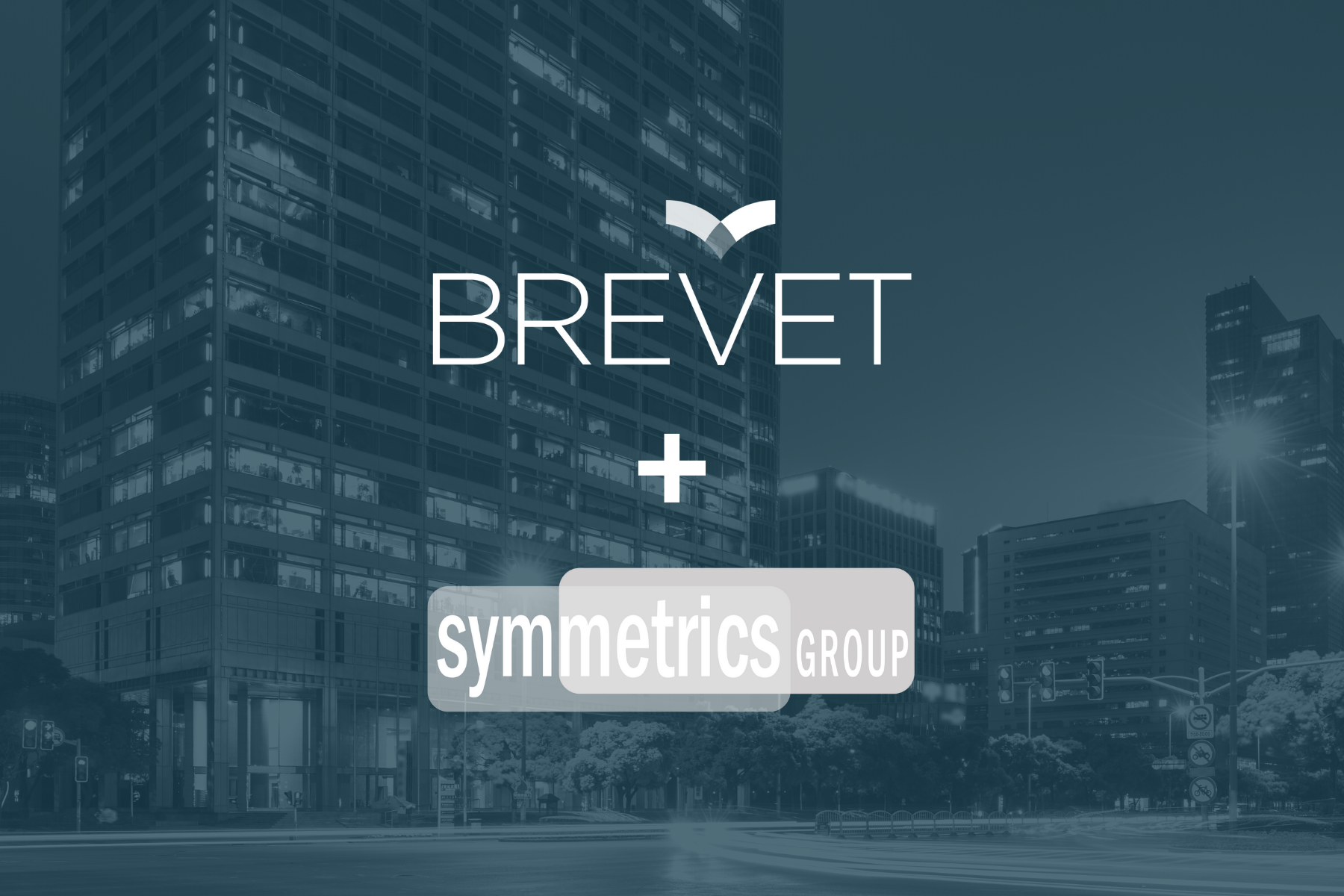Deals and dollars invested into sales tech startups are hitting all-time highs. Sales organizations are continuing to spend a modest amount per quota-carrying rep on enablement technology annually. More and more money is being spent on SalesTech and sales enablement. It doesn’t look like it’s slowing down anytime soon.
You can’t read much today that doesn’t mention or involve technology. There are now SalesTech (think FinTech, AdTech) awards that recognize products and companies who exhibit excellence, innovation, and leadership in the sales technology space.
Suffice it to say, the technology wave has not bypassed the sales function. Most B2B sales professionals would be lost without some basic sales tools – a smart phone, an audio or web conference line, and a way to keep track of contacts, opportunities, and their pipeline.
How Much Sales Technology Is Too Much?
There was a recent thread on LinkedIn about the over-abundance of tools, methodologies, and content that sellers had to contend with. There is a strong voice today – across sales pundits and service providers – around getting back-to-basics.
This includes:
- Simplification at the heart of sales strategy: Making a business purchase has become far more complex for both buyers and sellers, and the most successful commercial teams will be those that are able to simplify internally while at the same time making their customers’ world easier
- Those firms that deliberately simplify the experience (such as streamlining workflows and rationalizing sales support) will see commercial benefits
Back to Basics
In a world of a dizzying amount of data and sales technology, keeping it simple is a requirement. This tool/data proliferation often causes decision ‘paralysis’ and is related to a concept first written about by Alvin Toffler in the 1970’s called Overchoice. Toffler contended that people have a difficult time making decisions when faced with too many options – choice overload. More choices or tools is not necessarily better – there is an inverted U-shaped curve to it.
There are well over 400 sales technology solutions available. There are also separate CRM and MarTech landscapes with more and more solutions. Many sales organizations are awash in tools, with plans to add even more to the current stockpile.
Failures in sales technology implementations are often more about the underlying approach and processes vs. the technology itself. Not unlike painting a room, the prep and up-front work is 80% of the effort, and often the most important.
Qualifying Questions for Sales Technologies
Some questions you should ask yourself when implementing another sales tool or technology solution include:
- What is your vision and strategy for sales and how does technology support it?
- For a new tool, what are you specifically trying to solve for?
- Is the sales organization using the tools/technologies you have now? If not, why not?
- Are your current selling processes defined, documented, and acted upon by the sales teams? Where are the breakdowns or inefficiencies?
- What specific processes are you trying to enable, automate, or make more efficient with a new tool?
- Do you have a group in the sales organization that can pilot a new tool to see if the benefits outweigh the effort?
The elements of people, process, and technology when discussing CRM are especially important. You often need to ask the hard questions about the first two before debating the last one. If salespeople are highly resistant and overwhelmed and the selling processes are non-existent or built-on “tribal knowledge”, a sales technology implementation could be on life-support very quickly and may never recover … and it’s not about the robustness of the technology.
As technology evolves, we will continue to see trends in sales challenges and adoption. Contact us to discuss the newest trends in sales technology and its current application.
About The Author
 Warren Shiver is a Partner at The Brevet Group, a management consultancy focused on end-to-end improvement in sales force effectiveness. Warren’s leadership has helped numerous organizations build high-performing sales teams focused on the right go-to-market strategy, disciplined sales process, and well-designed enablement tools.
Warren Shiver is a Partner at The Brevet Group, a management consultancy focused on end-to-end improvement in sales force effectiveness. Warren’s leadership has helped numerous organizations build high-performing sales teams focused on the right go-to-market strategy, disciplined sales process, and well-designed enablement tools.


.jpg)

